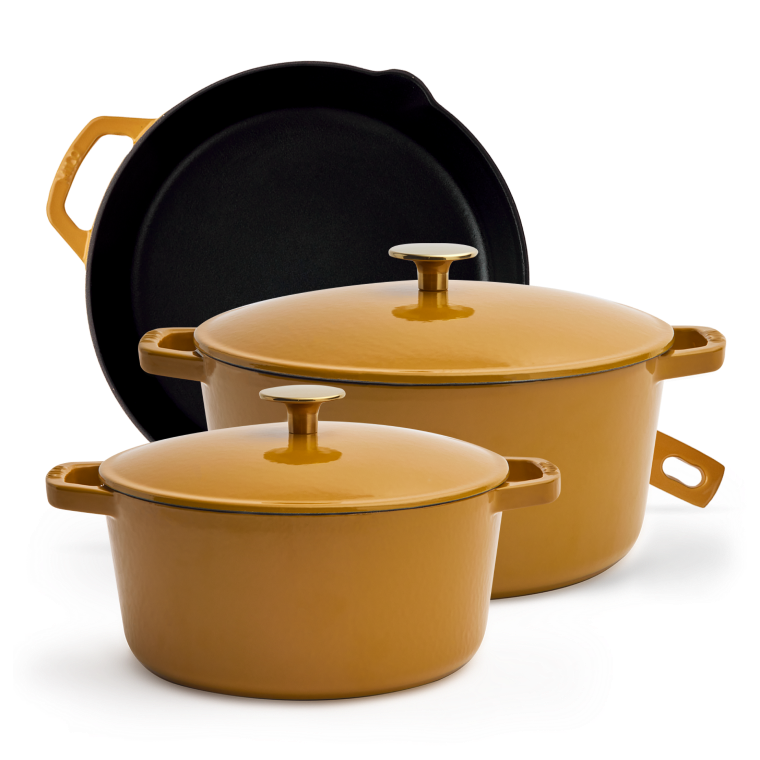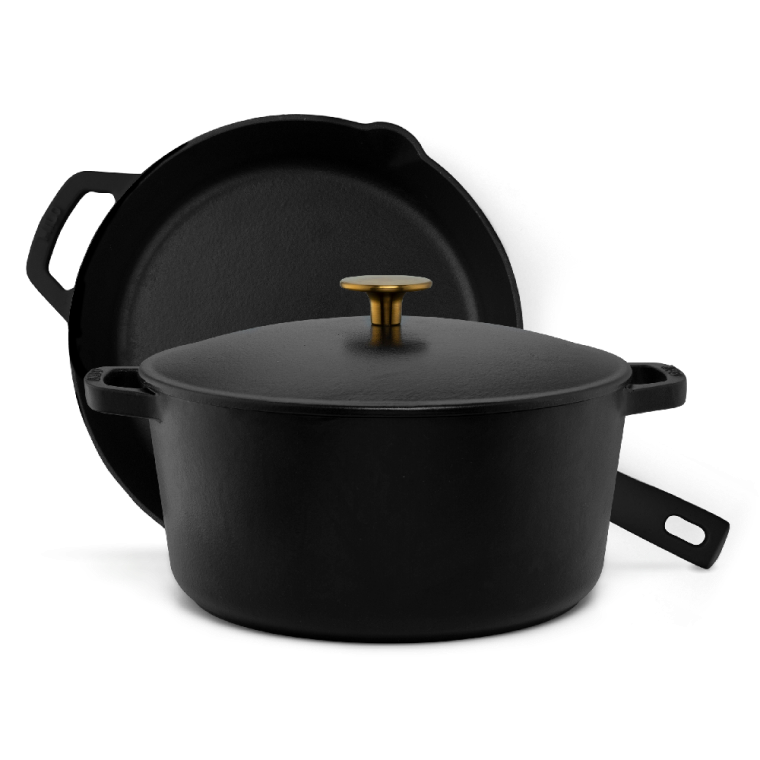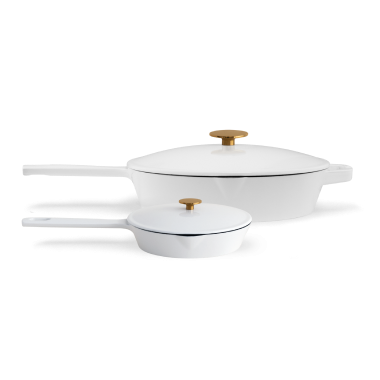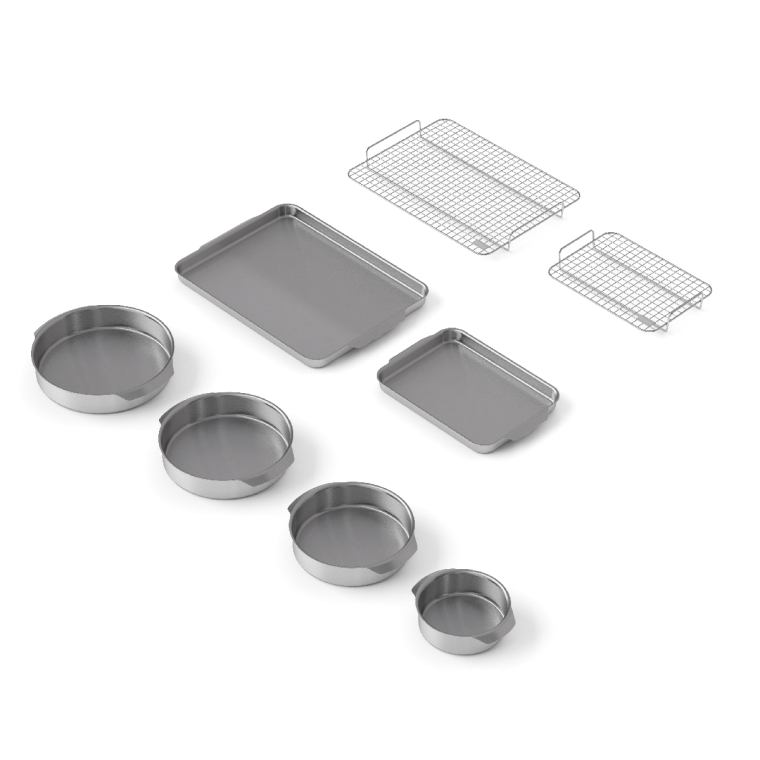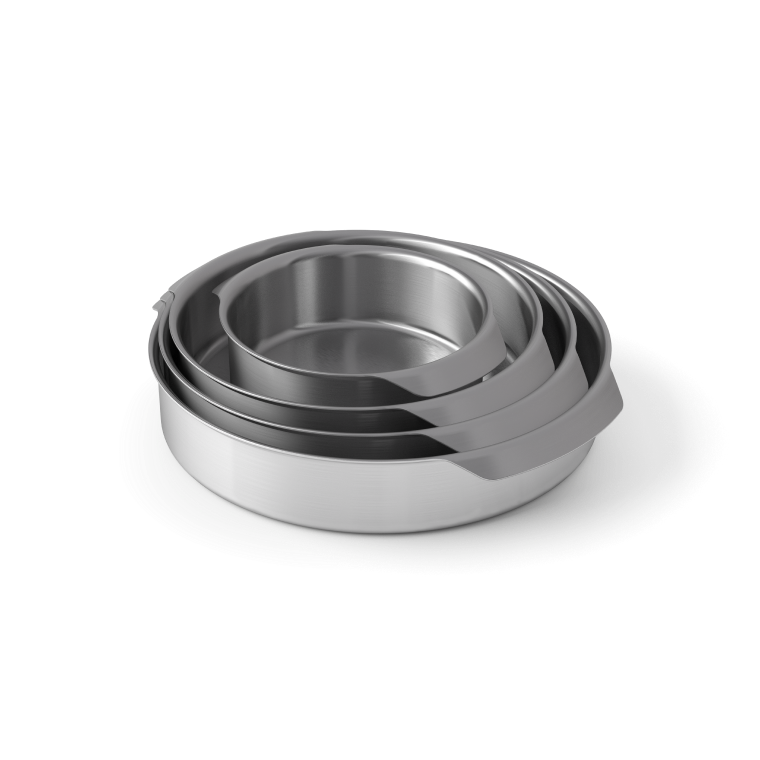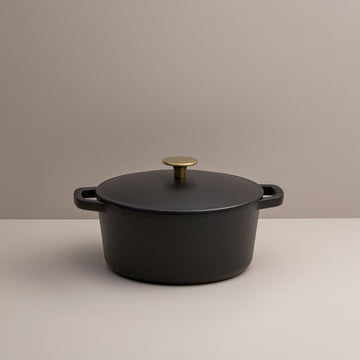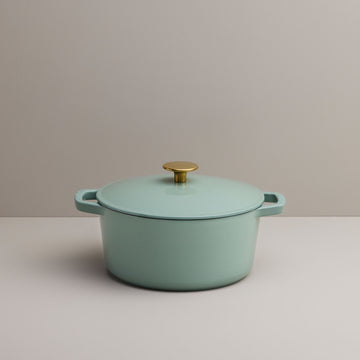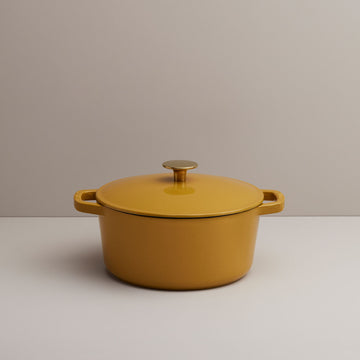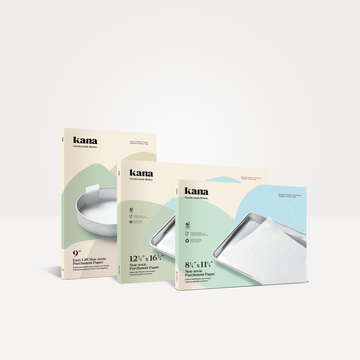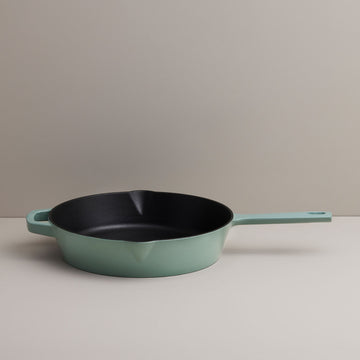The word “gluten” may be a food buzzword, but do you know what it is? With proper diagnoses of gluten allergies on the rise and gluten-free eating more widespread than ever, one might begin to wonder what gluten actually is and why it’s in so many foods. Today we’ll break down the science behind gluten and how it’s useful in baking.
Disclaimer: the author of this article is a pro-gluten baker! However, if you have concerns about gluten and whether it is safe for you to consume, consult a medical professional who can help with proper testing and diagnosis.

What is gluten?
Gluten is a group of proteins found in grains including wheat, rye, barley, and more. The two main types of gluten proteins found in these grains are glutenin and gliadin, both of which create stickiness, elasticity, and structure when combined with water. Actions like vigorous mixing, kneading, and stretching and folding dough all contribute to the development of what is called the gluten network, which is a chain of gluten proteins connected to each other to give a stretchy, tight feeling to a dough.

When do you want lots of gluten?
Depending on what you are baking, you may want to develop a lot of gluten in a recipe, or very little. Traditional breads, focaccia, and pizza crust all require strong gluten development to bake up with the correct texture. They often call for bread flour (called strong flour in some countries), which is higher in protein than all-purpose flour.
For example, the chewy bite found in artisan bread is thanks to an abundance of well-developed gluten. This low-knead artisan bread recipe uses the technique of stretching and folding the dough over time to form the gluten network. Longer resting times also encourage gluten development, which is why this dough is refrigerated overnight before being shaped and baked up in an enameled Milo Classic Dutch Oven. The steam that collects on the lid of the Dutch oven during the first half of the bake time drips back down onto the surface of the dough, which keeps it from drying out while the gluten network within expands and sets around all the trapped gases from the yeast. Without a strong gluten network, the bread would be too weak to trap that air, leaving you with a dense loaf.
Other breads are enriched*, giving them a softer texture and a tighter (less holey) crumb. But strong gluten development is still necessary for structure, so these recipes often employ the use of a stand mixer or bread machine to do a lot of the kneading work for you. If the dough rips off of the dough hook when you lift the mixer head, it’s not yet ready. As the dough builds strength, it will start to cling to the dough hook. For extra sticky doughs, you may have to use a flexible scraper to get the dough fully out of the mixing bowl, but it should stick to itself more than it sticks to you.
Some loaves, like this Banana Bread, get baked in a pan to help them hold their shape, and some get baked into fancy shapes like this Strawberry Rhubarb Star Bread or this Coconut Pineapple Braided Bread. Regardless of the shaping method, using Kana Pre-Cut Parchment Paper in the appropriate size will ensure your bread doesn’t stick to whatever baking pan you use.
For example, the chewy bite found in artisan bread is thanks to an abundance of well-developed gluten. This low-knead artisan bread recipe uses the technique of stretching and folding the dough over time to form the gluten network. Longer resting times also encourage gluten development, which is why this dough is refrigerated overnight before being shaped and baked up in an enameled Milo Classic Dutch Oven. The steam that collects on the lid of the Dutch oven during the first half of the bake time drips back down onto the surface of the dough, which keeps it from drying out while the gluten network within expands and sets around all the trapped gases from the yeast. Without a strong gluten network, the bread would be too weak to trap that air, leaving you with a dense loaf.
Other breads are enriched*, giving them a softer texture and a tighter (less holey) crumb. But strong gluten development is still necessary for structure, so these recipes often employ the use of a stand mixer or bread machine to do a lot of the kneading work for you. If the dough rips off of the dough hook when you lift the mixer head, it’s not yet ready. As the dough builds strength, it will start to cling to the dough hook. For extra sticky doughs, you may have to use a flexible scraper to get the dough fully out of the mixing bowl, but it should stick to itself more than it sticks to you.
Some loaves, like this Banana Bread, get baked in a pan to help them hold their shape, and some get baked into fancy shapes like this Strawberry Rhubarb Star Bread or this Coconut Pineapple Braided Bread. Regardless of the shaping method, using Kana Pre-Cut Parchment Paper in the appropriate size will ensure your bread doesn’t stick to whatever baking pan you use.


When don’t you want strong gluten development?
Gluten formation is inevitable any time you mix a gluten-containing flour with liquid, but there are many types of recipes that you want to avoid mixing too vigorously to preserve a delicate texture. Have you ever had a rubbery pancake or muffin, or an overly tough cookie? This is likely the result of too much stirring once the wet and dry ingredients are mixed together.
For this reason, recipes for baked goods that are supposed to be tender usually encourage you to stir as little as possible once the wet and dry ingredients are combined. This hydrates the flour and incorporates the ingredients without activating the proteins too much, balancing the need for some structure with the desire for a delicate texture.
For this reason, recipes for baked goods that are supposed to be tender usually encourage you to stir as little as possible once the wet and dry ingredients are combined. This hydrates the flour and incorporates the ingredients without activating the proteins too much, balancing the need for some structure with the desire for a delicate texture.

Cleaning up: sticky business
Let’s say you’ve made some delicious bread and developed lots of strong, sticky gluten in your dough. Inevitably, you’ll be left with some dough-covered tools. This is a great time to break out a Kana Swedish Dishcloth for efficient clean-up. The textured cloth helps scrub away the sticky dough residue, but unlike traditional sponges, it’s very easy to rinse the dough completely off of the cloth so you can reuse it over and over.
With Kana’s full range of tools, you can bake up artisan bread and yeasted pastries from your home kitchen just like a pro. Follow your recipe’s mixing instructions for optimal gluten development, and enjoy your efforts!
With Kana’s full range of tools, you can bake up artisan bread and yeasted pastries from your home kitchen just like a pro. Follow your recipe’s mixing instructions for optimal gluten development, and enjoy your efforts!
JOIN THE CLUB
Like this story?
You’ll love our newsletter!
You’ll love our newsletter!
Keep exploring
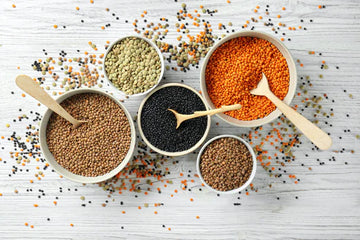
5 sustainable foods to cook for an eco-friendly kitchen
Cooking with these environmentally-friendly ingredients is a simple way you can reduce the carbon footprint of your kitchen today.

April Fool's Day: Our Favorite Food Fake-Outs
These creative dishes from some of our favorite culinary creators will have you doing a double take!
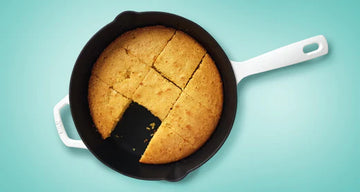
5 deliciously easy flour-free bread recipes
Simple bread recipes to make at home when you're running short on wheat flour.

An interview with Julia Estrada, Kana's newest baking queen
Julia Estrada is the face behind the delectable blog, Bread & Basil, and she certainly knows her way around the kitchen. Baking is her true love, and you'll often find her making artisanal breads in her New York City apartment.

5 tips on decorating Valentine's cakes for that special someone
Get creative on Valentine’s Day by offering your loved ones something baked from scratch and uniquely decorated. Here are some easy ways to shake up your cake decorating.
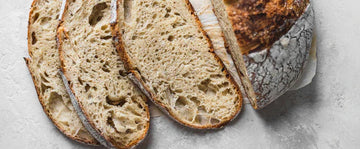
The proof is in the... proofing
The proofing process is an essential part of baking yeast-leavened goodies. Without it, you'll end up with a sad, flat pancake instead of that beautiful bread loaf you were hoping for. Yes, it takes some time to perfect the process, but once you've got it, you too can experience freshly-baked bread and pastries at home.

5 deliciously easy flour-free bread recipes
Simple bread recipes to make at home when you're running short on wheat flour.

An interview with Julia Estrada, Kana's newest baking queen
Julia Estrada is the face behind the delectable blog, Bread & Basil, and she certainly knows her way around the kitchen. Baking is her true love, and you'll often find her making artisanal breads in her New York City apartment.

The proof is in the... proofing
The proofing process is an essential part of baking yeast-leavened goodies. Without it, you'll end up with a sad, flat pancake instead of that beautiful bread loaf you were hoping for. Yes, it takes some time to perfect the process, but once you've got it, you too can experience freshly-baked bread and pastries at home.
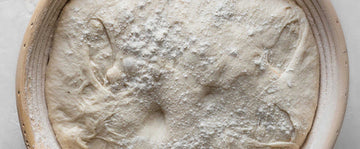
Proper proofing: how to work with yeast doughs
The most important technique to master when learning how to make bread and other yeasted treats is proofing, where all the rising happens. Today we’re going to learn how to proof bread dough for the best homemade loaves!
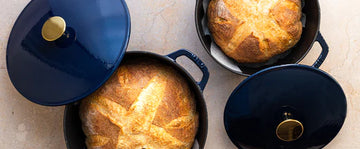
What size Dutch Oven do I need to bake bread?
Baking bread is one of the best parts of owning a Dutch oven. If you’re ready to give this wholesome activity a go but aren’t sure if you have the Dutch oven for the job, this article will help straighten things out for you.
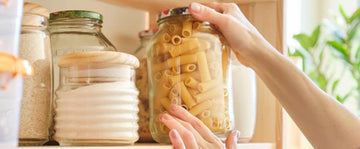
Gluten free pantry essentials to always have on hand
Having a well-stocked pantry is the key to successful gluten free cooking and baking.

5 deliciously easy flour-free bread recipes
Simple bread recipes to make at home when you're running short on wheat flour.
